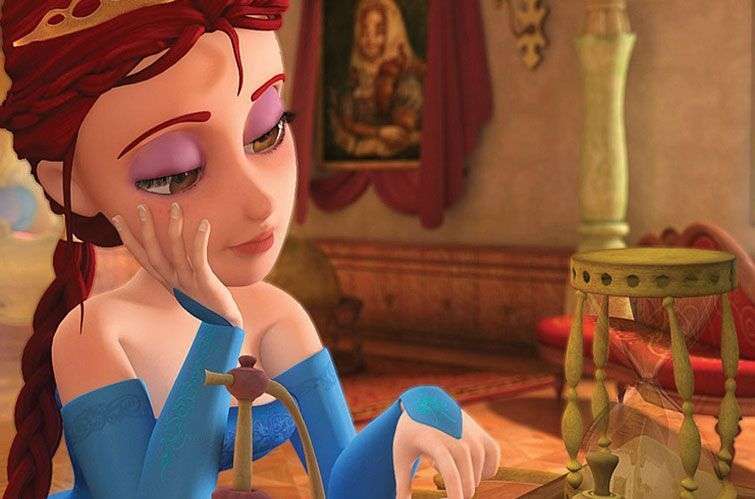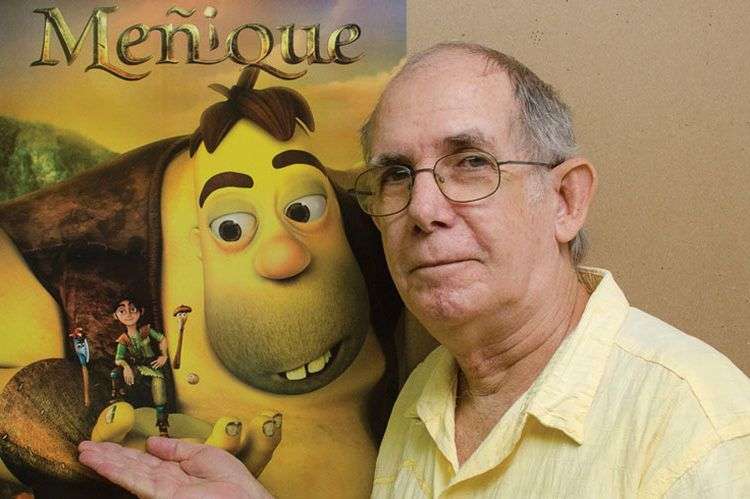AFTER YEARS OF WORK AND MANY EXPECTATIONS, the first 3-D animated film is premiering in Havana. The audiovisual project Meñique, by Ernesto Padrón, will be screened nationwide on July 20, its director told OnCuba. This animated film marks the start of the production of feature-length 3-D films on the island. Meñique is an unusual project, involving not only professionals from the national
Animation Studios but also specialists from the national computer science university, UCI; Spain’s Ministry of Culture and Sports; the Galician Agency for Cultural Industries; and the Ibermedia Program. The modelling, animation and lighting processes were the most complex, according to these experts. “Wisdom is greater than force” is the moral of this animated film, alluding to the principal trait of its main character: his astuteness.
The film, which targets children and adolescents, is a free version of a short story with the same title adapted by José Martí in 1889 for the children’s magazine La Edad de Oro (The Golden Age) from the short story Poucinet, written by Edouard Laboulaye (Contesbleus, París, 1864). In a nutshell, the story is about a young peasant, Meñique, who is struggling to release his family from poverty.
His encounter with the Magic Mirror of the Half-Orange, which reveals to him the woman of his dreams, kicks off an adventure. New characters include a magic powder compact, a witch, and a king’s attendant. Another attraction is the princess of the tale; unlike the princess in the short story, the feature film’s character will be a female version of Robin Hood, champion of the poor. It is a story that will make us remember for 80 minutes that films full of vicissitudes, avengers, magic spells and enchanted forests are always welcome.
The novel thing about this movie—coproduced by the ICAIC (Cuban Film Institute) Animation Studios, the Spanish company Ficción Producciones, Televisión de Galicia and Venezuela’s Villa del Cine—is that it recreates the era in which the story takes place, but with a mixture of Cuban landscapes, colonial architec- tural styles, Cuban and Latin American dress, and local humor.
“The film that we are premiering is very different from the original idea, but I think that it was for the better. Above all, the film gained in the unity and progression of the story,” Padrón, who is also the scriptwriter, told OnCuba in an exclusive interview. The film is available in Galician, Spanish, English and Portuguese, he added. Cuban music lovers, especially those partial to trova, will have a unique opportunity to enjoy brand-new songs by Silvio Rodríguez.
The film’s soundtrack also features music by Spaniard Manuel Riveiro, and the songs were performed by Anabell López, Miriam Ramos and Ernesto Joel Espinosa. The soundtrack was directed by veteran Edesio Alejandro. Outstanding contributions were made by Cuba’s National Symphonic Orchestra, directed by Enrique Pérez Mesa; the Exaudi chamber chorus, directed by María Felicia Pérez; and tres player Pancho Amat.
Photo: Alain L. Gutiérrez











